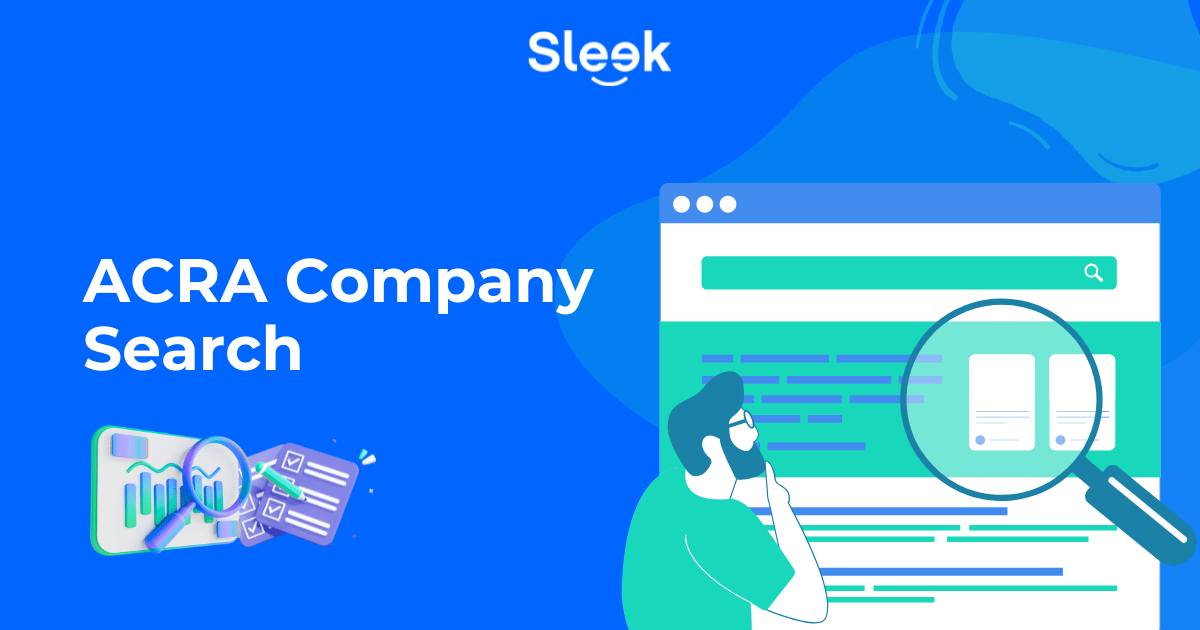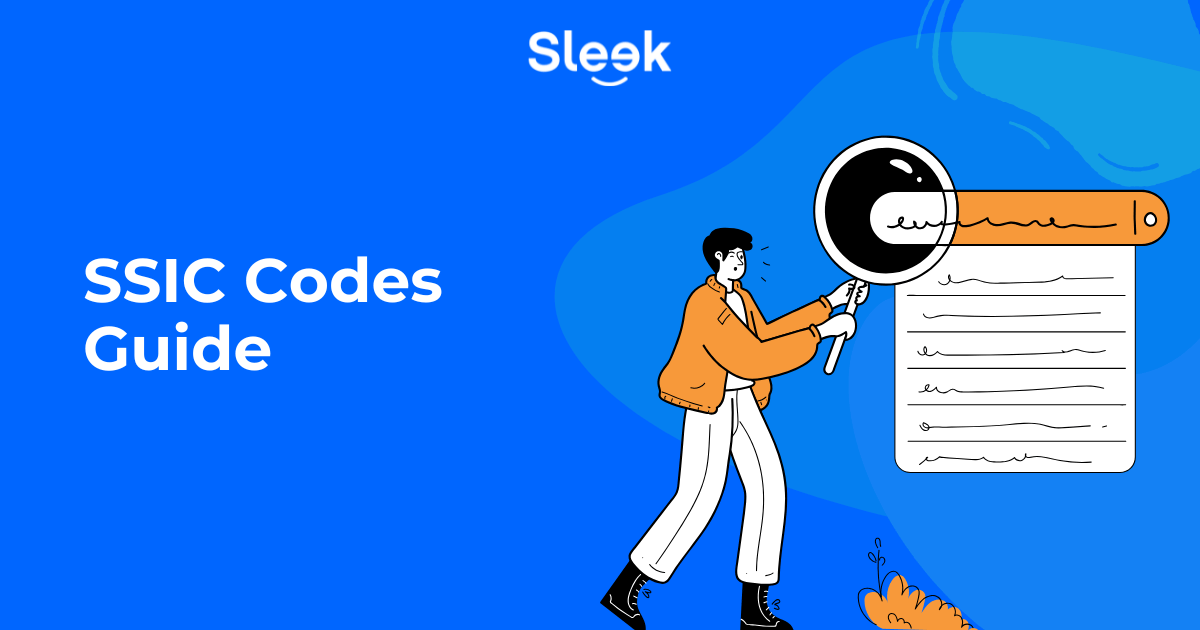Your Cheat Sheet to Accounting Jargon
5 minute read
Overwhelmed by acronyms? We’re here to give you a quick cheat sheet on common terms used by accountants when they talk about compliance, and what it means in plain English.
(Know what you’re confused about? Skip to tax jargon or payroll jargon.)
Accounting Jargon
ACRA – Accounting and Corporate Regulatory Authority
This is the main body that handles compliance matters for all Singapore companies.
AGM – Annual General Meeting
A meeting of all the shareholders and directors. This is a requirement of every Singapore company, unless it has passed a resolution dispensing with them. Each company must submit their financial statements as part of their AGM. Here are some general guidelines that apply to these meetings:
- 1st AGM held within the first 18 months of the company’s incorporation
- Subsequent AGMs must be held within 15 months of each other
- Accounts that are presented during the AGM should be no more than 6 months old
- A private company can choose not to have an AGM if all shareholders pass a resolution not to hold it
Annual return
- File with: ACRA
- When: within 1 month of your AGM
The annual return is submitted to ACRA and acts as a record of activity for the company in the past year. It must contain the following information:
- Details of company officers
- Company financial report or declaration of solvency for exempt companies
- Your financial statements
- Any/all registered addresses
- Auditors if applicable
Audited financial statements
- File with: ACRA
- When: after your financial statements (if required)
After you have prepared the financial statements, if your Singapore company meets any two of the following three conditions, you will need to be audited:
- Total yearly revenue of S$10 million or greater
- Total assets of S$10 million or greater
- 50 or more employees
Also, if your Singapore company is part of a group, the company will be audited according to the financial standing of the entire group – not just the individual company.
ECI – Estimate of Chargeable Income
- File with: IRAS
- When: within 3 months of the end of financial year
An ECI is the estimation of taxable income of company. Every company has to file this unless your company’s annual revenue less than $5 million, and if ECI is nil for the year of assessment.
IRAS – Inland Revenue Authority of Singapore
This is the government body that looks after tax compliance for companies in Singapore.
XBRL
XBRL is a type of reporting language for financial statements. Often with the help of an accountant, you will prepare your financial statements and then use a tool (such as BizFinx, provided by ACRA) to convert your data into XBRL format that is suitable to submit.
For more information about XBRL and if you need to file using it, contact us or learn more on the ACRA website here.
Take note: If your company has a corporate shareholder, you would need to stay compliant with your XBRL filing.
Tax Jargon
Form C
- File with: IRAS
- When: Nov 30 (or Dec 15 if e-filing)
This is your Income Declaration form that all companies need to submit to IRAS. Many smaller companies will not use this form and instead use Form C-S (below).
Form C-S
- File with: IRAS
- When: Nov 30 (or Dec 15 if e-filing)
This is a simplified version of Form C that can be filled as an alternate to Form C. You are qualified to fill out this form under the following conditions:
- Your company was incorporated in Singapore
- Your company has less than $5 million of annual income
- You are not claiming any of the following: carry back of current year capital allowances/losses; group relief, investment allowance, or foreign tax credit.
GST – Goods and Services Tax
- File with: IRAS
- When: Every quarter
This is known as VAT (Value-Added Tax) in other countries.
If you have registered for GST, you will need to file your GST return. All figures must be reported in SGD (IRAS provides guidelines on how to file if you have transactions in foreign currency).
Even if you do not have any transaction during that quarter, you will still need to file a nil return (ie, fill in ‘0’ for all of the boxes).
Payroll Jargon
CPF – Central Provident Fund
This is a mandatory benefit fund provided to Singaporeans and Singaporean Permanent Residents. If you employ a Singaporean or Singaporean Permanent Resident and they have a monthly wage above $50, you need to make a compulsory CPF contribution. Rates vary depending on the employee’s income and age.
FWL – Foreign Worker Levy
As an employer, you do not have to pay Central Provident Fund (CPF) contributions for your foreign workers. However, you must pay a monthly levy for Work Permit and S Pass holders via General Interbank Recurring Order (GIRO).
SDL – Skills Development Levy
The SDL is another compulsory cost for any employer that hires full-time, part-time, temporary, casual, or foreign employees. The funds collected are used to support workforce upgrading programmes and to provide training grants to a company when it sends its employees for training.
Employers required to contribute up to first $4,500 of each employee’s total monthly wages at a levy rate of 0.25% or a minimum of $2 (for total wages of $800 or less), whichever is higher. You can pay SDL with your employees’ monthly CPF contribution or pay the SDL directly to SkillsFuture Singapore Agency.
There are some exemptions for certain classes of employees such as chauffeurs and domestic helpers: click here for more information.
If you are looking for high quality accounting services in Singapore for your company, we at Sleek would be more happy to help you get started!
You might be interested in reading about:









